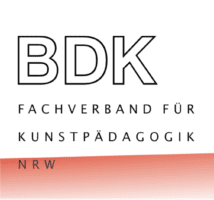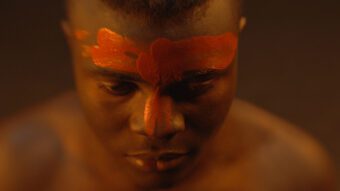Multisensory exhibition and mediation concept
For the first time, a large exhibition offered the opportunity for a sensual and cognitive examination of the dancing human being. The aesthetic mediation principle used the narrative power of original texts, notations, images, graphics, sculptures, textiles and digital artifacts from the past and present of dance.
Trail of knowledge
A trail of knowledge followed intellectual paths from the ancient statue of Nike to the sculptural work of Camille Claudel, from Emil Nolde’s paintings to Andreas Gursky’s photography, from ritual tribal dances to current experiments by William Forsythe. The traces of the moving human body formed the design principle from which various zones of rest and activity developed on 1,200 square meters of exhibition space. Visitors were guided by visible and invisible lines of force that encouraged them to actively perceive, reflect, marvel and participate. In addition to numerous pictorial and sculptural artifacts, a cinematic event developed on over 70 monitors, from which all visitors could discover the cross-cultural temporal and spatial continuity of dance.
“The present is the sensation.” Paul Valery
“Video dance! How we move ourselves and the world by DHMDresden
Dance track
At the same time, the dance track led from a choreography of larger-than-life haptically movable balls to interactive spatial installations that combined aesthetic and auditory experiences with diverse movement experiences. Multi-sensory spatial installations challenged all visitors to dance, allowing people of all ages to physically experience and remember the essence of dance.
Cooperation Interactions: Schnellebuntebilder Berlin
German Hygiene Museum
Lingnerplatz 1
01069 Dresden
Exhibition period: October 2013 – July 2014
Curator:Colleen M. Schmitz, Deutsches Hygiene-Museum
Artistic direction (mediation and design): Prof. Dr. Axel Buether (team responsible: exhibition architecture: Büroberlin, animations and interaction: Schnellebuntebilder, graphic design: Timo Rieke)
Project partners:
Forsythe Company
Hellerau – European Center for the Arts
Palucca University of Dance
Semperoper Dresden























